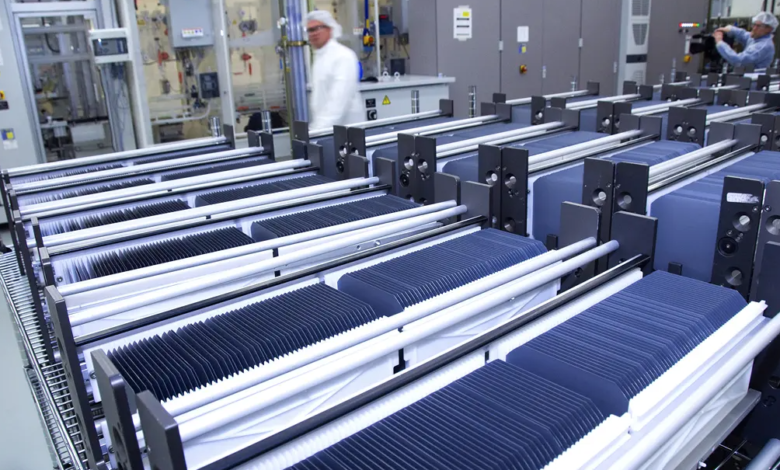Energy: technology subsidies production, US rules

Key clarifications and definitions for US green technology subsidies
“No matter how much we spend, we know that China is likely to spend more than we do when it comes to investing in clean energy. What we are doing is something different“. With these words Wally Adeyemo, Deputy Secretary of the Treasury of the United States, presented to journalists the new regulatory framework with which to shape the future energy stars and stripes. On 14 December, together with the Internal Revenue Service (IRS), the Treasury Department published a proposal for guidelines on the 45X Advanced Manufacturing Production Credit section. What is it? The subsidies reserved for the US production of green technologies were established by the White House’s Inflation Reduction Act (IRA).
The law, wanted by President Biden, provides through Section 45X a tax credit to manufacturers of components such as solar panels, wind turbines, or batteries operating in the US borders. Incentives with rates calibrated to the component or technology would have already generated over $140 billion in planned investments. However, at the same time, Section 45X has also led to several questions and doubts, which the new rules attempt to answer.
“The Inflation Reduction Act has already fueled a boom in clean energy production in America,” said John Podesta, the president’s senior advisor on clean energy innovation and implementation. “Today’s Treasury guidelines on advanced manufacturing credit give the clean energy sector even more clarity and confidence to continue its momentum”.
The proposed legislation provides some key definitions for the sector and confirms the amounts of credit for eligible components, including photovoltaic, wind, inverters, qualifying elements of batteries and critical minerals. It also proposes definitions of essential terms to stimulate green technology production in the United States and clarify the circumstances in which subsidies can be claimed. It also provides important safeguards to prevent potential fraud, waste or abuse, including clauses against duplicate accreditation of the same component, crediting assets that do not bring added value or extraordinary circumstances in which components are produced but not used for manufacturing use.





